In modern political history, an incumbent’s job approval has been the single best measure of his re-election prospects. If this holds true in 2020, the current outlook for President Trump is bleak, and his ability to turn around his situation will steadily decline as election day nears.
According to the Gallup Organization, all incumbents with an approval rating of 50% or higher in the final pre-election survey have won re-election. The two incumbents with pre-election ratings below 40% lost badly: Jimmy Carter received just 41.0% of the popular vote in 1980, and George H. W. Bush did even worse in 1992, with just 37.4%. Indeed, no incumbent with a pre-election job approval below 48% (George W. Bush in 2004) has ever received a second term.
The results of presidential elections have tracked the final pre-election job approval ratings reasonably well. On average, incumbents’ share of the popular vote has been 1 point higher than their final approval number. There is some deviation around this average: Jimmy Carter did 4 points better, Bill Clinton 5 points worse, with the others in-between.
Against this backdrop, President Trump is in big trouble. After peaking in April between 45.8% and 47.4%, his job approval has fallen by 5 points to just 42.6% (Real Clear Politics average) or 41.0% (FiveThirtyEight adjusted average).
There are reasons for this. Although the president continues to receive good ratings for economic management, only 43% of Americans approve of his handling of the COVID-19 pandemic. His handling of the protests sparked by the killing of George Floyd does even worse, with only 35% of Americans registering their approval.
It will not be easy for President Trump to reverse this tide. There’s just one recorded instance of a president moving his job approval from a level suggesting defeat to one pointing to victory during the final months of his first term. In June 2012, President Obama’s job approval stood at 46%. By the day before the election, it had risen to 52%. He ended up with 51.1% of the popular vote. Remarkably, all of Obama’s gains occurred in September and October.
The hill President Trump must climb is even steeper, because he begins his general election campaign with approval ratings 4-5 points lower than Obama’s at a comparable point in his presidency. Barack Obama ran what many regard as the most effective re-election campaign in modern history. To have any chance, Donald Trump will have to repeat Obama’s success. Even if he does, he is unlikely to receive even a plurality of the popular vote, so he will have to hope that his support is as fortunately distributed as it was in 2016.
The stability of the relationship between the approval ratings of incumbent presidents and their re-elect numbers is consistent with the conventional wisdom that elections are almost always about incumbents. An incumbent with consistently low approval ratings has really only one option, which is to shift the focus of the election to the challenger. As the election heats up, expect to see the Trump campaign throw everything they can at Joe Biden in the hope that it can deflect attention from the president’s unpopular record.
The Brookings Institution is committed to quality, independence, and impact.
We are supported by a diverse array of funders. In line with our values and policies, each Brookings publication represents the sole views of its author(s).

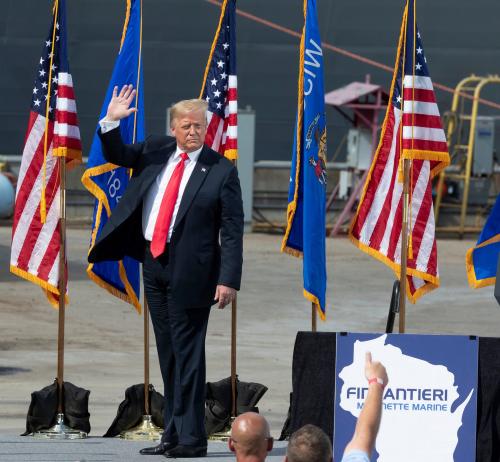
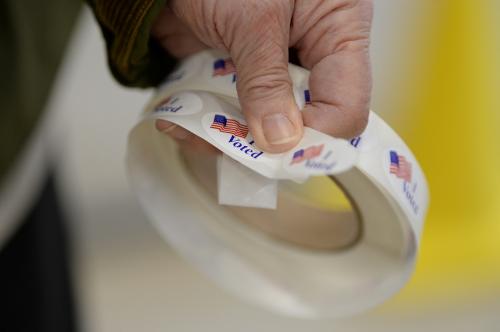
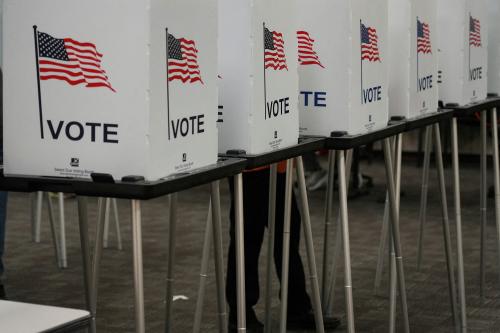

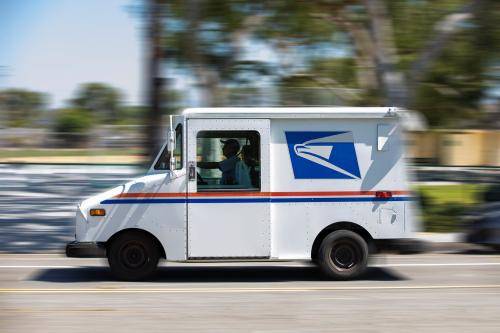
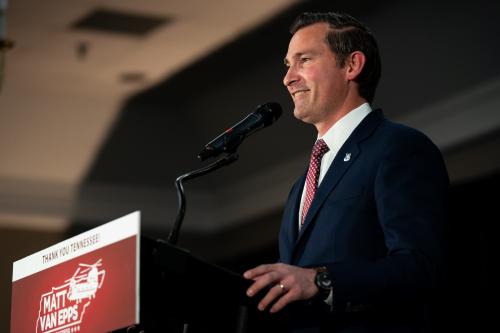
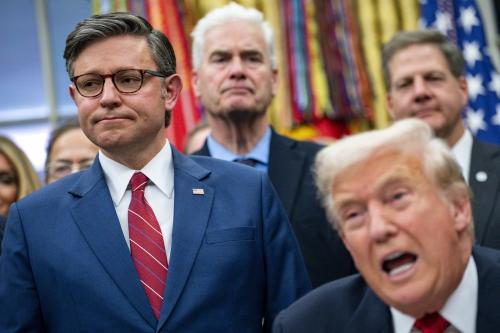
Commentary
Presidential job approval: Trump’s re-election prospects look bleak
June 9, 2020